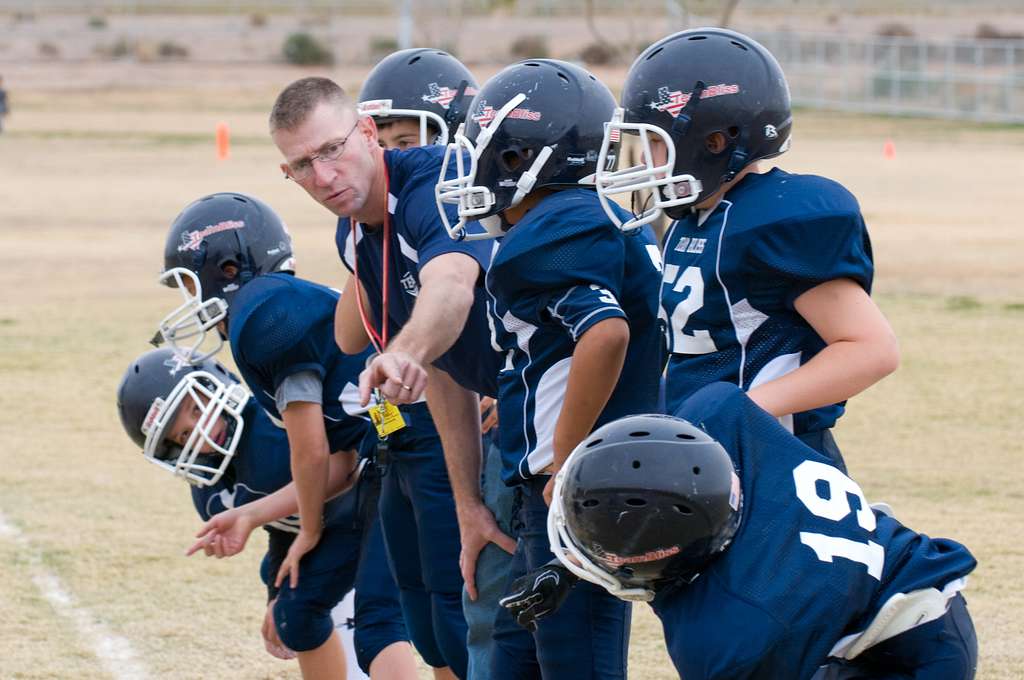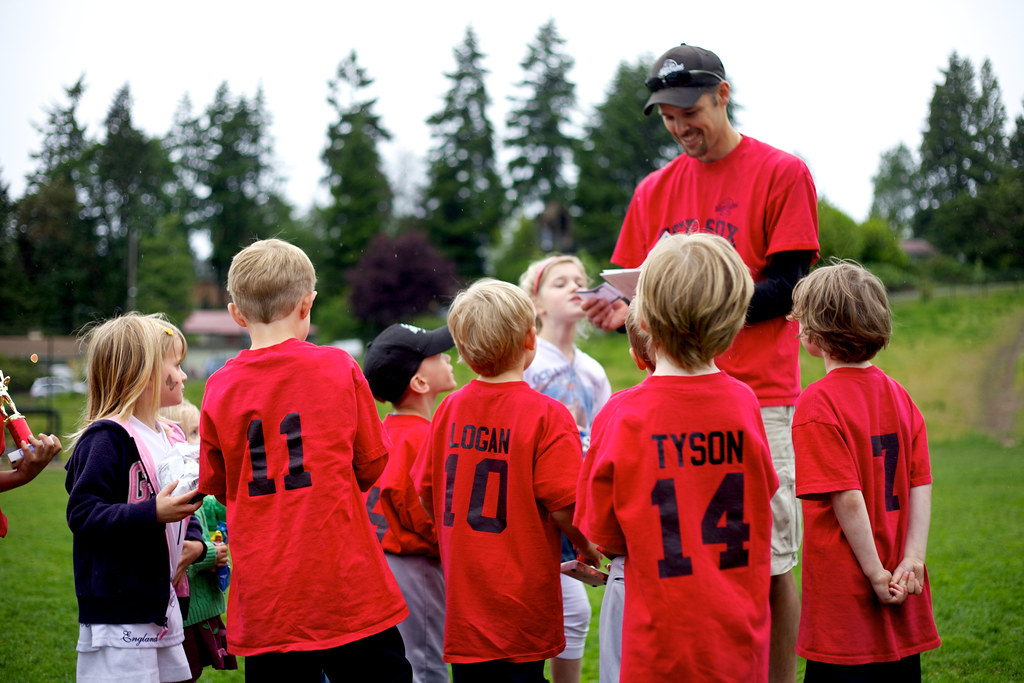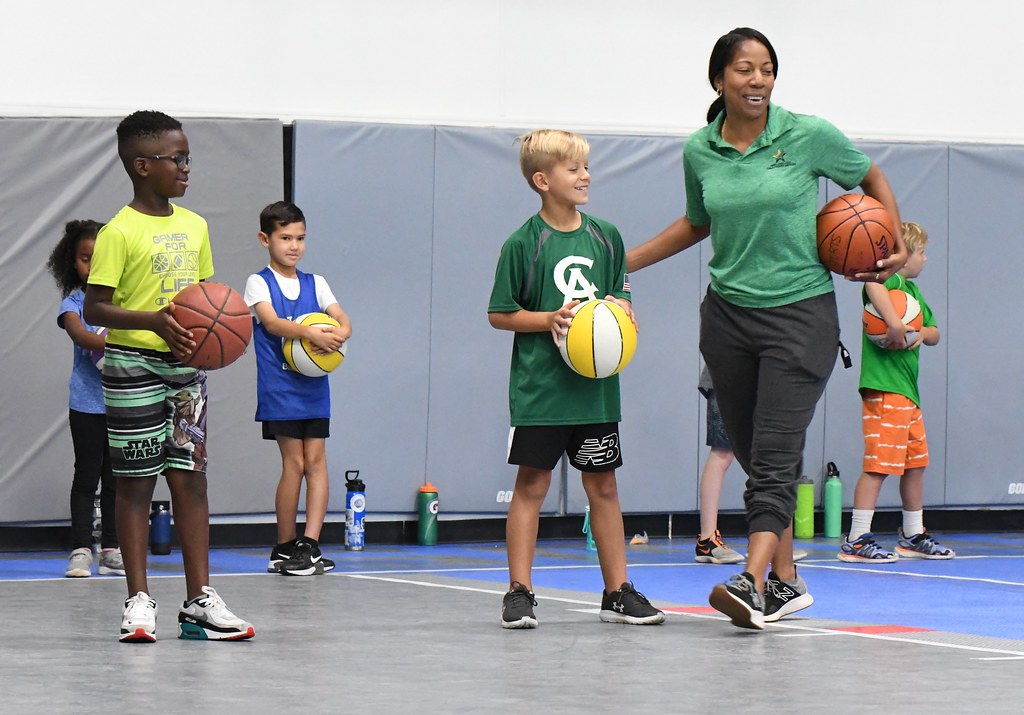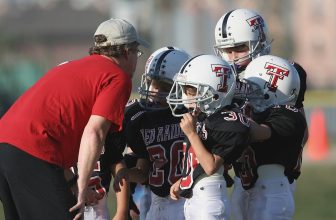
When you hear a quote like “Winning isn’t everything… it’s the only thing” from Vince Lombardi, you might want to instill this mindset into your players. However, if you start coaching with this mantra to a youth football team, you’re making a huge mistake. As you follow along through this article to learn how to coach youth football, keep in mind that the level of athletes you’re coaching are quite different from Vince Lombardi’s NFL players!
Dealing with Parents
When I googled “parents in youth sports,” some of the links are interesting. “Parents Ruin Youth Sports by Obsessing About Winning.” “22 Ways to be an Awesome Youth Sports Parent.” If these titles are any indication, it proves dealing with parents might be one of the most difficult parts of being a youth football coach. My best piece of advice for dealing with the parents is to get everything in the open before the season. Hold a pre-season parents meeting where you’ll discuss your coaching philosophy. Take the time to discuss individual playing time, practice set-up and any other key factors that may be of note. While this probably won’t prevent all disruptions from parents, it should do a reasonable job of minimizing them.
Team-First Mentality
“Finding good players is easy. Getting them to play as a team is another story.” This quote from baseball Hall of Famer Casey Stengel presents one of the major challenges of coaching. No matter if you’re coaching professional players or little leaguers, it can be difficult for a coach to get everyone to play as a team. However, it is still your job as a coach to attempt to instill a team-first mentality in your players from day one. Do your best to create a culture where players cheer on their teammates during games and practices. At the same time, they should play each game and practice to the best of their ability because the whole team is in this battle together. As a coach, you can build this team cohesion during practice time. Whether it be through scrimmages or position work, they should feel a part of a bigger unit.
Equal Playing Time, Respectful Culture
Equality is an important topic in youth sports. Not only in treating all players equally and not providing preferrential treatment, every player should be given a chance to succeed. Since this is a youth sporting event, you should give players snaps at a number of different positions. For example, if you primarily play a player at running back, give them some reps at safety or wide receiver. Not only will this increase player’s interest and passion for the game, but it should also help them develop their overall game. With experience at numerous positions, they’ll be more prepared for the future. Like always, attempt to do everything in a manner that creates a more respectful culture.
Simplicity
As with any youth sport, I recommend keeping things simple, at least in the early parts of the season. Keep in mind that you’re not coaching a professional team. You don’t need dynamic sets that will confuse your players game in and game out. At practice, stick to drills that will teach the fundamentals. Likewise, for the games, utilize formations and concepts that play to the strengths of these fundamentals. As an example, for defense, it might make most sense to use a basic defensive formation, like a 3-4 or 4-3. For most youth teams, the offensive side of the ball will largely be dominated by rushing plays with a decent sampling of pass. After players get these initial concepts down, then it may be time to add to the playbook.
Assistant Coaches
Especially for football, you’re going to want at least a couple of assistant coaches on your staff. Due to the numerous position groups, you’ll want coaches that can provide individual coaching to those groups. Even though you could do this all on your own, there is a pretty good chance you’ll end up neglecting attention to a particular area. While you could add outside coaches, it might be easiest to just recruit a couple of parents in the preseason coach-parent meeting. This way you can get some individuals that are interested in the game and knowledgeable about it. At the same time, pick people that you feel confident won’t play favorites during practices or games. This might be easier said than done, but there is also a chance you’ve seen them participate in other sports and know what type of a person they are.
Do Your Homework
Even though you are only coaching a youth team, you want to ensure you’re adequately prepared for the job. Football isn’t as easy to coach as something like basketball. In basketball, you can get away with strategies that utilize man-to-man defense and a simple ball-screen offense. However, football is a little more complex, even at the youth level. There is more pieces involved with 11 players on the field at all times. However, (unless you have higher-up coaching/playing experience) it might be wise to browse online for useful tips for coaching youth football. CoachTube provides plenty of great content, including offensive line coaching, offensive alignment and general youth football drills. Don’t be hesitant to try something new that you find online, as there are plenty of concepts available that might not be as mainstream.
Keep the Culture Right
A topic I like to use when discussing the administration of a youth sports team is the culture. Coaching young players can be difficult, not to mention the inclusion of the parents. However, if you set the right mentality from the start, you’ll create players that are cheering for their fellow teammates every game and aren’t afraid to provide some constructive criticism when it’s needed. As seen with professional teams, if the locker room atmosphere is negative, then chances are the performance on the field will be negatively affected.








